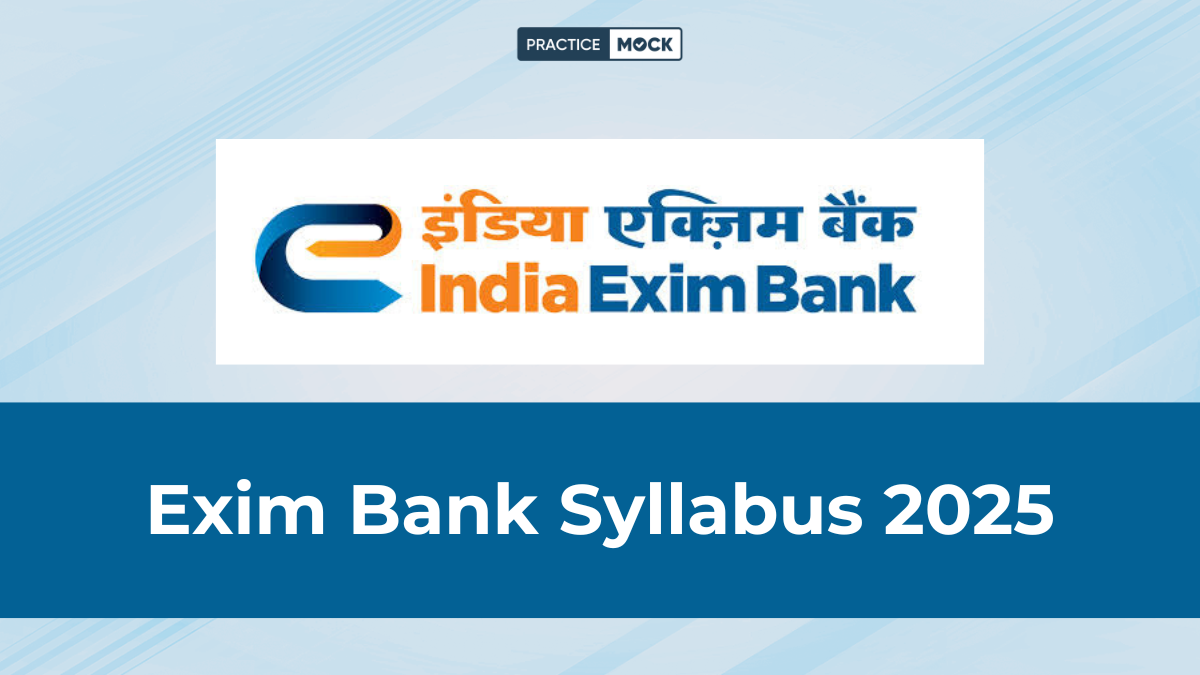Number System For IBPS RRB Exam, Check Practical Questions


The Number System is a important topic for quantitative section and 3 to 4 question asked in the examination. The Number System is a Mathematical value that contains a number and symbols. As the name suggests Number Series are numbers in some pattern or sequence. Number series can either be missing or wrong and candidates either need to find the wrong or the missing number. In this article we are discussing the Number Series topics Quantitative section 10 Practice Questions with Detailed Solutions and a few tips and tricks as to how to solve such questions. candidates bookmark our article and check start their number system preparation with practical questions and their solutions.
Different Types of Questions Asked in Number Series
- Arranging Number
- Alternating Series
- Square Series
- Fibonacci Series
- Cube Series
- Mixed Operator Series
- Multiplication Series
- Subtraction Series
- Addition Series
- Division Series
Important Question Number Series for IBPS RRB 2024 Exam
Question 1: The following numbers form a series. Find the odd one out.
80, 60, 20, 10, 5, 2.5
A) 80
B) 60
C) 20
D) 10
E) 5
Ans: 2
Solution:
80/2 = 40
40/2 = 20
20/2 = 10
10/2 = 5
5/2 = 2.5
Therefore, 40 should be in place of 60.
Hence, option b.
Question 2: The following numbers form a series. Find the odd one out.
86, 83, 77, 64, 41, -7
A) 64
B) 77
C) 86
D) 83
E) 41
Ans: 1
Solution:
86 – 3 = 83
83 – 6 = 77
77 – 12 = 65
65 – 24 = 41
41 – 48 = -7
Therefore, 65 should be in place of 64.
Hence, option a.
Question 3: The following numbers form a series. Find the odd one out.
9, 10, 14, 23, 40, 64
A) 9
B) 10
C) 14
D) 23
E) None of these
Ans: 5
Solution:
9 + 12 = 9 + 1 = 10
10 + 22 = 10 + 4 = 14
14 + 32 = 14 + 9 = 23
23 + 42 = 23 + 16 = 39
39 + 52 = 39 + 25 = 64
Therefore, 39 should be in place of 40.
Hence, option e.
Question 4: The following numbers form a series. Find the odd one out.
3, 5, 8, 12, 17, 24
A) 8
B) 12
C) 24
D) 5
E) 17
Ans: 3
Solution:
3 + 2 = 5
5 + 3 = 8
8 + 4 = 12
12 + 5 = 17
17 + 6 = 23
Therefore, 23 should be in place of 24.
Hence, option c.
Question 5: The following numbers form a series. Find the odd one out.
1, 3, 7, 15, 30, 63
A) 30
B) 3
C) 7
D) 63
E) 15
Ans: 1
Solution:
1 × 2 + 1 = 3
3 × 2 + 1 = 7
7 × 2 + 1 = 15
15 × 2 + 1 = 31
31 × 2 + 1 = 63
Therefore, 31 should be in place of 30.
Hence, option a.
Question 6: What will come in place of the question mark (?) in the following series?
23, 38, 68, 113, ?, 248
A) 151
B) 162
C) 173
D) 184
E) 155
Ans: 3
Solution:
The series follows the pattern:
23 + 15 × 1 = 38,
38 + 15 × 2 = 68,
68 + 15 × 3 = 113,
113 + 15 × 4 = 173,
173 + 15 × 5 = 248.
Hence, option c.
Question 7: What will come in place of the question mark (?) in the following series?
250, 249, 241, 214, ?, 25
A) 164
B) 150
C) 188
D) 172
E) None of these
Ans: 2
Solution:
The series follows the pattern:
250 – 13 = 249,
249 – 23 = 241,
241 – 33 = 214,
214 – 43 = 150,
150 – 53 = 25.
Hence, option b.
Question 8: What will come in place of the question mark (?) in the following series?
140, 150, 170, 210, 290, ?
A) 510
B) 380
C) 540
D) 430
E) 450
Ans: 5
Solution:
The series follows the pattern:
140 + 10 = 150,
150 + 20 = 170,
170 + 40 = 210,
210 + 80 = 290,
290 + 160 = 450.
Hence, option e.
Question 9: What will come in place of the question mark (?) in the following series?
472.5, ?, 105, 60 ,40 , 32
A) 210
B) 240
C) 250
D) 265
E) None of these
Ans: 1
Solution:
The series follows the pattern:
472.5 / 2.25 = 210,
210 / 2 = 105,
105 / 1.75 = 60,
60 / 1.5 = 40,
40 / 1.25 = 32.
Hence, option a.
Question 10: What will come in place of the question mark (?) in the following series?
33, 34, 70, 213, 856, ?
A) 3245
B) 3664
C) 4285
D) 4675
E) 4854
Ans: 3
Solution:The series follows the pattern:
33 × 1 + 1 = 34,
34 × 2 + 2 = 70,
70 × 3 + 3 = 213,
213 × 4 + 4 = 856,
856 × 5 + 5 = 4285.
Hence, option c.
Check Related Blogs For IBPS RRB PO 2024
| Check Related IBPS RRB PO Blogs | |
| IBPS RRB PO Syllabus 2024 | IBPS RRB PO Cut Off 2024 |
| IBPS RRB PO Exam Pattern 2024 | IBPS RRB PO Previous Year Question Paper 2024 |
| IBPS RRB PO Salary 2024 | |
Check Related Blogs For IBPS RRB Clerk 2024
| Check Related Blogs For IBPS RRB Clerk 2024 | |
| IBPS RRB Clerk Syllabus 2024 | IBPS RRB Clerk Cut Off 2024 |
| IBPS RRB Clerk Exam Pattern 2024 | IBPS RRB Clerk Previous Year Question Paper 2024 |
| IBPS RRB Clerk Salary 2024 | |
Number System For IBPS RRB Exam FAQ
The number system is a writing system for expressing numbers using digits or symbols in a consistent manner. The most common number system is the decimal system, which is based on ten digits (0-9).
The primary types of number systems are the decimal (base 10), binary (base 2), octal (base 8), and hexadecimal (base 16) systems.
Natural numbers are positive integers starting from 1 and increasing without end (1, 2, 3, …).
Recent Posts
Simple Tricks to Solve Data Sufficiency Questions for RBI Grade B Exam
Learn 5 easy tricks to solve Data Sufficiency questions for RBI Grade B. Perfect for…
IDBI JAM Result 2025 Out, Check Official Link
The DBI JAM PGDBF Result 2025 has been released on their official website. Candidates can…
SSC CGL Direction Distance Questions PDF, Download For Free
In this blog, we have provided the SSC CGL Direction Distance Questions PDF. Practice free…
Direct and Indirect Speech for SSC CGL, Free Topic Test, Get PDF
In this blog, we have provided the direct and indirect speech for SSC CGL Exam.…
RBI Assistant Study Plan 2025, Know Toppers Strategy
Start your preparation by adopting the most-suited RBI Assistant study plan 2024 & follow the…
Exim Bank Syllabus 2025, Check Latest Exam Pattern
In this article, we have discussed the importance of Exim Bank Syllabus 2025 and how…



